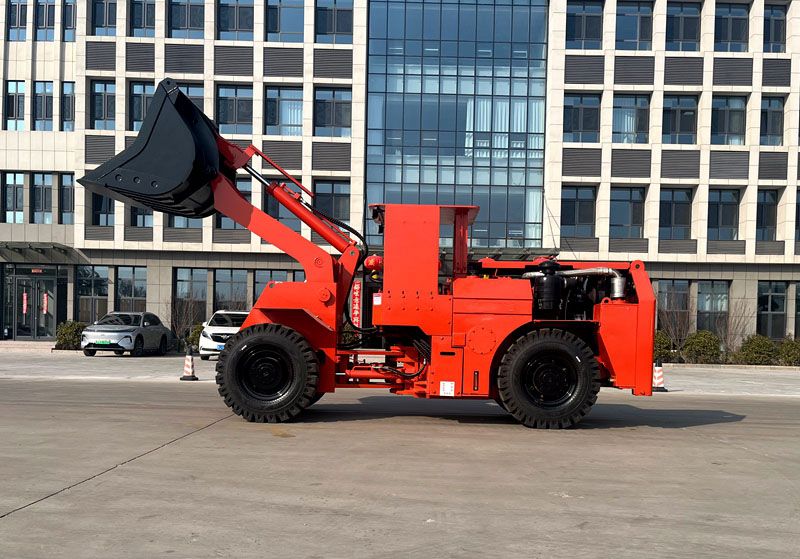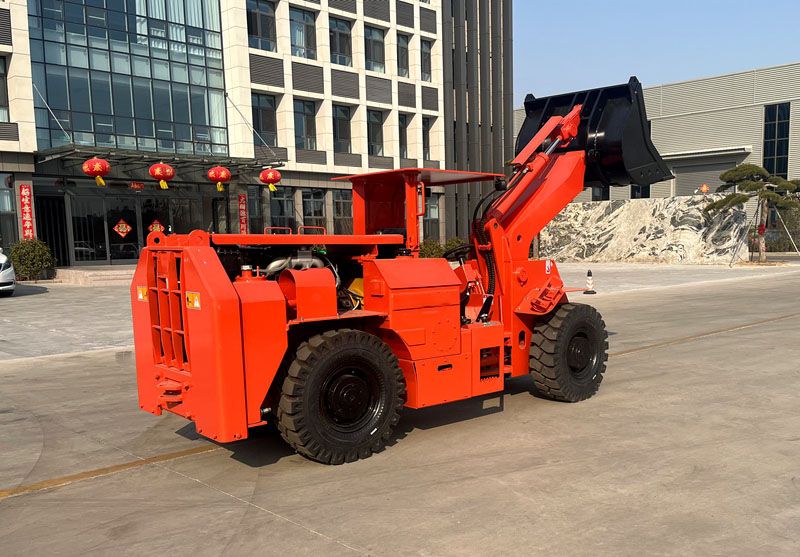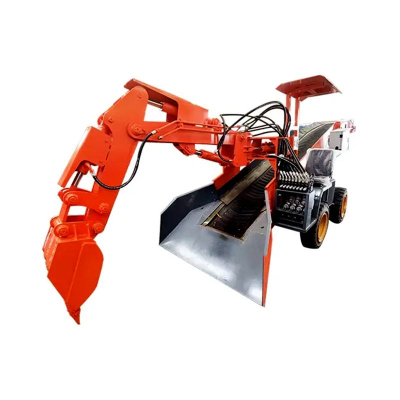The Compact & Powerful LHD Loader for Superior Maneuverability in Confined Underground Spaces
Why Every Mine Is Switching to Compact LHD Loaders (Global Trend Alert)
If you’ve been to mining trade shows lately, you’ve probably noticed a trend: everyone’s talking about compact LHD loaders. Mines in China, Australia, South Africa—they’re all ditching regular loaders for these smaller, smarter machines. Why? Because the mining industry is changing, and the confined space LHD loader is the only equipment that keeps up. Let’s break down the global trends driving this switch—and why you need to jump on board.
1 Deep Mining Is the New Normal (And Tunnels Are Getting Narrower)
Shallow ore is running out—so mines are digging deeper. We’re talking 2,000+ meters below the surface. And deep underground? Tunnels are narrower (2–2.5 meters) and lower—regular loaders can’t fit. The International Council on Mining and Metals (ICMM) says 60% of new underground mines will be deep mines by 2030. If you don’t have a compact LHD loader, you can’t work there.
Take an Australian iron ore mine I visited—they’re 3,000 meters down, with tunnels 2.2 meters wide. They use a fleet of confined space LHD loaders to haul ore—regular loaders wouldn’t fit through the entrance. Their production manager said, “Deep mining is where the high-grade ore is. If we didn’t have compact loaders, we’d be out of business.”
2 Mines Want “Do-It-All” Equipment (Less Clutter = More Efficiency)
Global mines are tired of buying 3 machines to do 1 job. They want equipment that can load, break rock, and haul materials—all in one. Why? Because narrow tunnels don’t have space for a loader, a breaker, and a forklift. The compact LHD loader does it all with quick-change attachments.
A South American copper mine replaced three machines with one underground LHD loader. It loads ore in the morning, breaks up big rocks in the afternoon, and hauls support beams at night. They freed up 40% of their underground storage space and cut maintenance costs by 35%. “We used to have equipment blocking tunnels,” their ops manager said. “Now it’s just one loader—smooth as silk.”
3 Automation Is Taking Over (Compact LHD Loaders Lead the Way)
Automation is huge in mining—everyone wants 24/7 operation without human workers in risky spots. And guess what? Compact LHD loaders are the easiest to automate. New models have GPS, AI navigation, and remote control—so they can work alone in narrow tunnels.
A Canadian zinc mine uses autonomous compact LHD loaders that run 24/7. They don’t need operators in the tunnel—just a surface team monitoring 5 loaders at once. Productivity is up 30% because the loaders don’t take breaks, and safety incidents are down to zero. “Automation used to be a dream,” their tech director said. “Now it’s real—thanks to compact loaders.”
4 Different Regions, Same Need: Compact LHD Loaders Fit Every Mine
This trend isn’t just for big Western mines—it’s global. In China, where many mines have narrow legacy tunnels, manufacturers like Beijun make compact LHD loaders tailored to local conditions. These loaders are affordable, fuel-efficient, and fit the 2.3-meter-wide tunnels common in Chinese coal mines.
In Europe and North America, strict emissions rules are driving demand for electric confined space LHD loaders. Mines here need zero-emission equipment to hit carbon neutrality goals—and compact loaders deliver. In Africa, where mines have limited budgets, compact loaders are popular because they don’t require tunnel widening (saving millions).
No matter where you mine, the compact LHD loader fits your needs. It’s not a “regional” tool—it’s a global solution.
5 What’s Next for Compact LHD Loaders? (Even Smarter, Even Safer)
The trend isn’t slowing down—compact loaders are getting better every year. Here’s what’s coming:
Longer-lasting batteries: Electric models will run 12+ hours without charging (up from 8 now).
Smarter AI: Loaders will learn tunnel layouts and optimize routes to save time.
Lighter materials: Composite frames will make them even more agile without losing power.
A mining tech company told me they’re testing a compact LHD loader that can self-repair minor issues (like hydraulic leaks) while working. That means zero downtime for small fixes—huge for productivity.
6 Don’t Get Left Behind
Mines that stick with regular loaders will fall behind. They can’t work in deep, narrow tunnels, can’t automate, and can’t cut costs like mines with compact LHD loaders. The global mining industry is moving toward smaller, smarter equipment—and the confined space LHD loader is leading the charge.
If you want to stay competitive, now’s the time to switch. It’s not just a trend—it’s the future of underground mining. And the future is small, powerful, and maneuverable.








